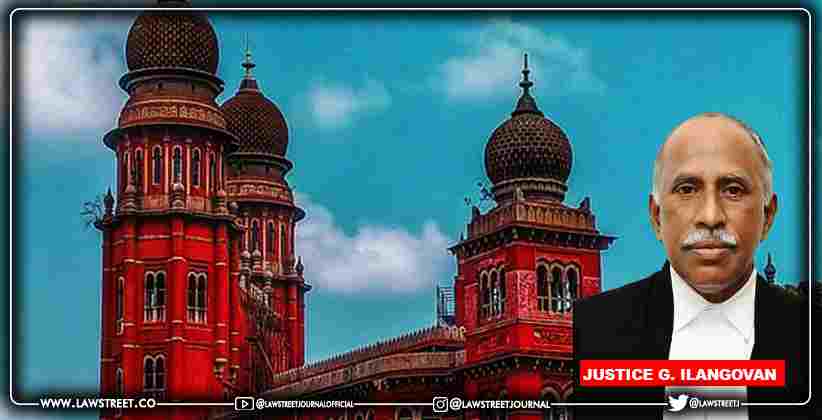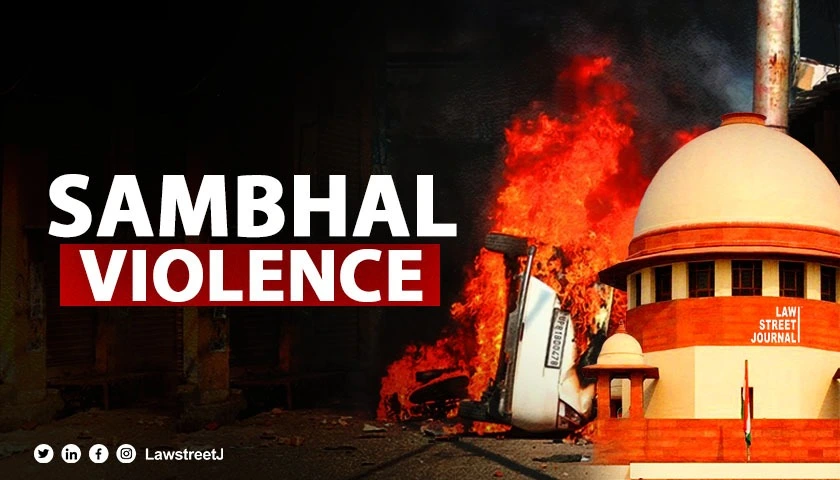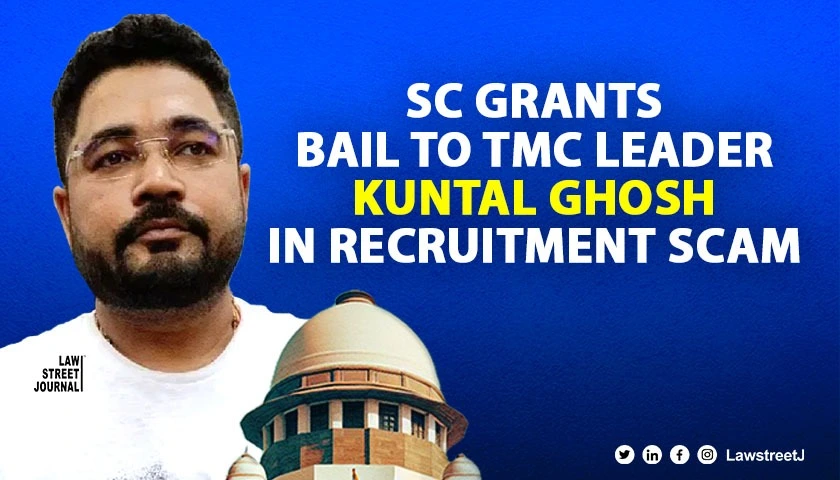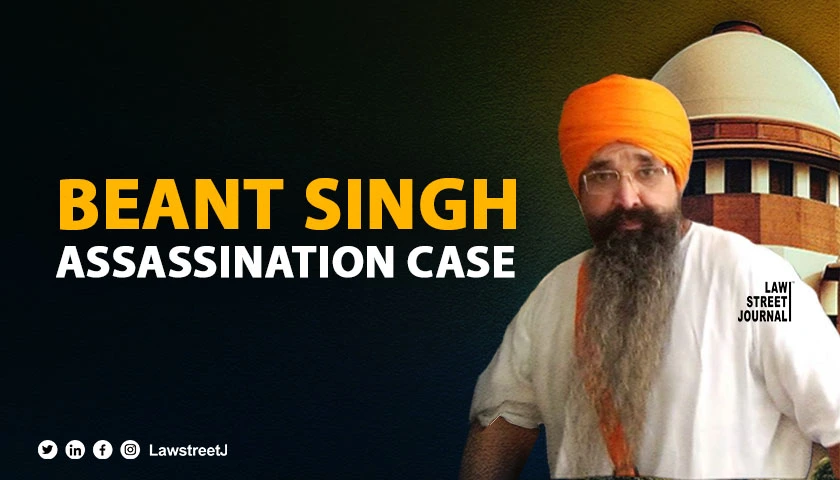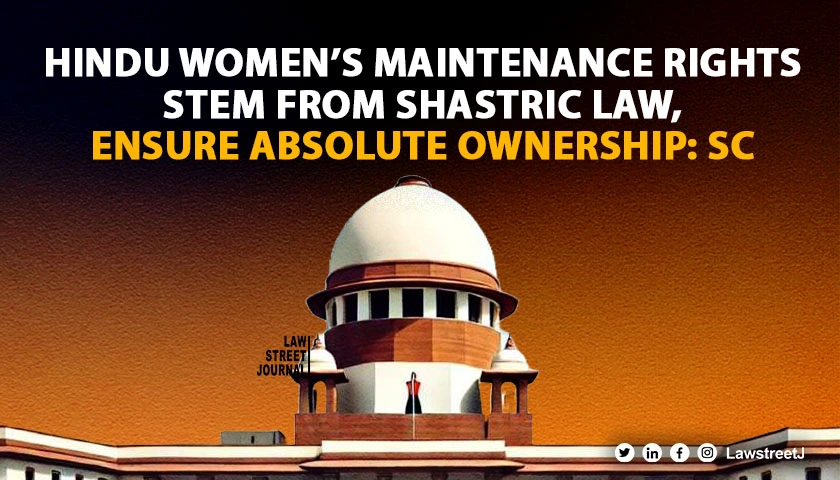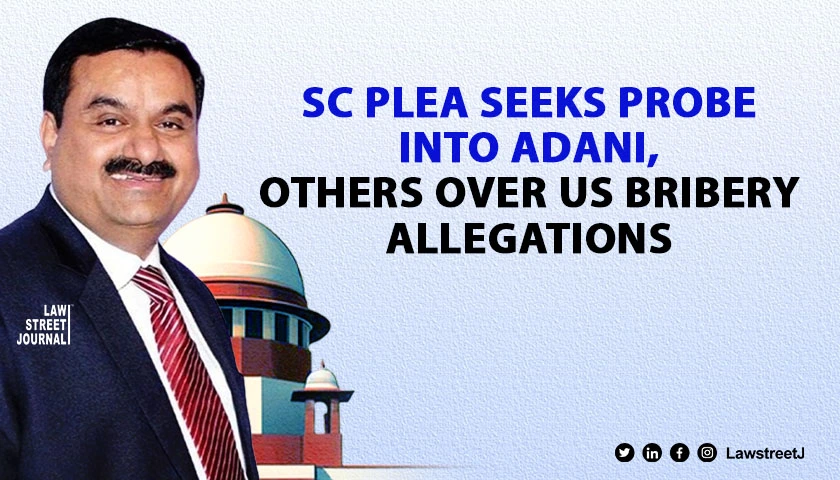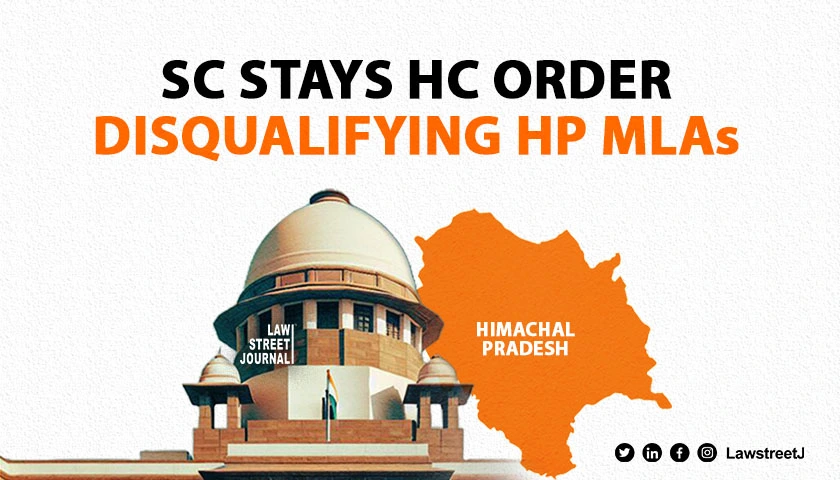The Madras High Court recently quashed a criminal defamation case against a person who allegedly defamed the authorities by posting a defamatory cartoon on his Facebook page.
It ruled that the Court cannot teach ethics to the people and it is for the Society to evolve and follow the ethical standards.
The bench of Madras High Court comprising Justice G. Ilangovan further remarked that:
In recent times another issue, which was created by a cartoonist throughout the world is the "Toon Controversy". That cartoon was about the Prophet Mohammed, which created controversy throughout the World. The discussion emanated from this episode is as to the limitations of freedom of speech and expression and as well as the principles of hate speech and expression."
Facts of the case
The accused was alleged for publishing a defamatory cartoon in which he depicted the self-immolation incident of 23 October 2017.
The cartoon portrayed the District Collector, the Superintendent of police, and the Honble Chief Minister of Tamil Nadu without clothes, thereby covering their private parts with currency notes and watching the burning body of a baby.
The accused was charged as the cartoon was defamatory and it was published without proper verification of the facts.
Therefore, a case was registered against the accused of the offences punishable under section 501 of Indian penal code, 1860, (deals with Printing or engraving matter known to be defamatory) and Section 67 of the Information Technology Act, 2000 (deals with publishing or transmitting of material containing the sexually explicit act, etc., in electronic form).
Courts order
The Court observed that the most important thing that arises from the incident is to understand where the fundamental right of freedom of speech & expression begins and where it must end.
The Court noted that Article 19(2) which talks about freedom of speech and expression is not an absolute right and the cartoonist is also bound by law to not defame anyone.
The Court also held that the intention of the cartoonist was not to defame anyone but was a way to express his grief and anger against the authorities and criticize their inability in containing the collection of exorbitant interest by the money lenders.
The court stated that,
Three lives were lost in the premises of the Collectorate over the demand of exorbitant interest by a money lender. The issue relates not concerning the grief, criticism, or the social interest which the petitioner wanted to explain and create an awareness in the mind of the people, but how it was expressed becomes controversial. Depicting the officials right from the Head of the Executive down to the District Police that form created the controversy".
The Court further said that the ability to see a particular event differs from person to person where a few might find it to be exaggerated, some might feel that the Authorities are not taking proper steps and they are not interested in protecting the life of the citizens, while others might find it appropriate.
In conclusion, the Court quashed the petition thereby stating that there was no criminal intent on the part of the accused and he was merely expressing his anger over the event.
Case - Balamurugan v. State

